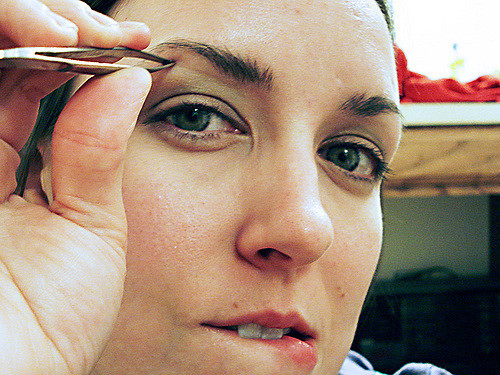How to Treat an Ingrown Hair
Posted on: May 7, 2018

Hair normally grows up and out of the skin. But in some cases, hair curls back down into the skin and causes an ingrown hair. Ingrown hair occurs most often on the face, under the arms, or in the pubic area. Shaving or plucking is the biggest culprit, as a cut strand of hair has a sharpened end. If the hair is curly, then the sharp end can curl down and back into the skin.
Skin care is important because dead skin cells can also contribute to the problem. Dead skin cells can cause hair follicles to clog. When follicles are clogged, the hair is unable to grow out as normal. Skincare treatments such as exfoliating scrubs can remove dead skin cells.
People who have tightly-curled or coarse hair are highly likely to develop hair that is ingrown. And people with excessive hair growth are also prone to this problem. In most cases, excessive hair growth is usually due to an overabundance of sex hormones. In the case of hormones, treating the problem reduces the possibility of hair becoming ingrown.
Treatment Options
You can release the hair from your skin by using a sterilized needle or tweezers. But first, you'll need to soften the ingrown hair with a washcloth soaked in warm water. Once the hair is soft, use the needle or tweezers to remove it from your skin. Skin care products that contain Retin A are a possible preventative measure. These skin care products are known as Retinoids, and remove dead skin cells and reduce skin discoloration.
Picking at or scratching the area can cause discoloration, scaring, or infection. So if you're unable to remove the hair, leave it alone. You might want to try ingrown hair products. But if you've developed an infection, ingrown hair products will not solve the problem. You'll likely need antibiotics.


